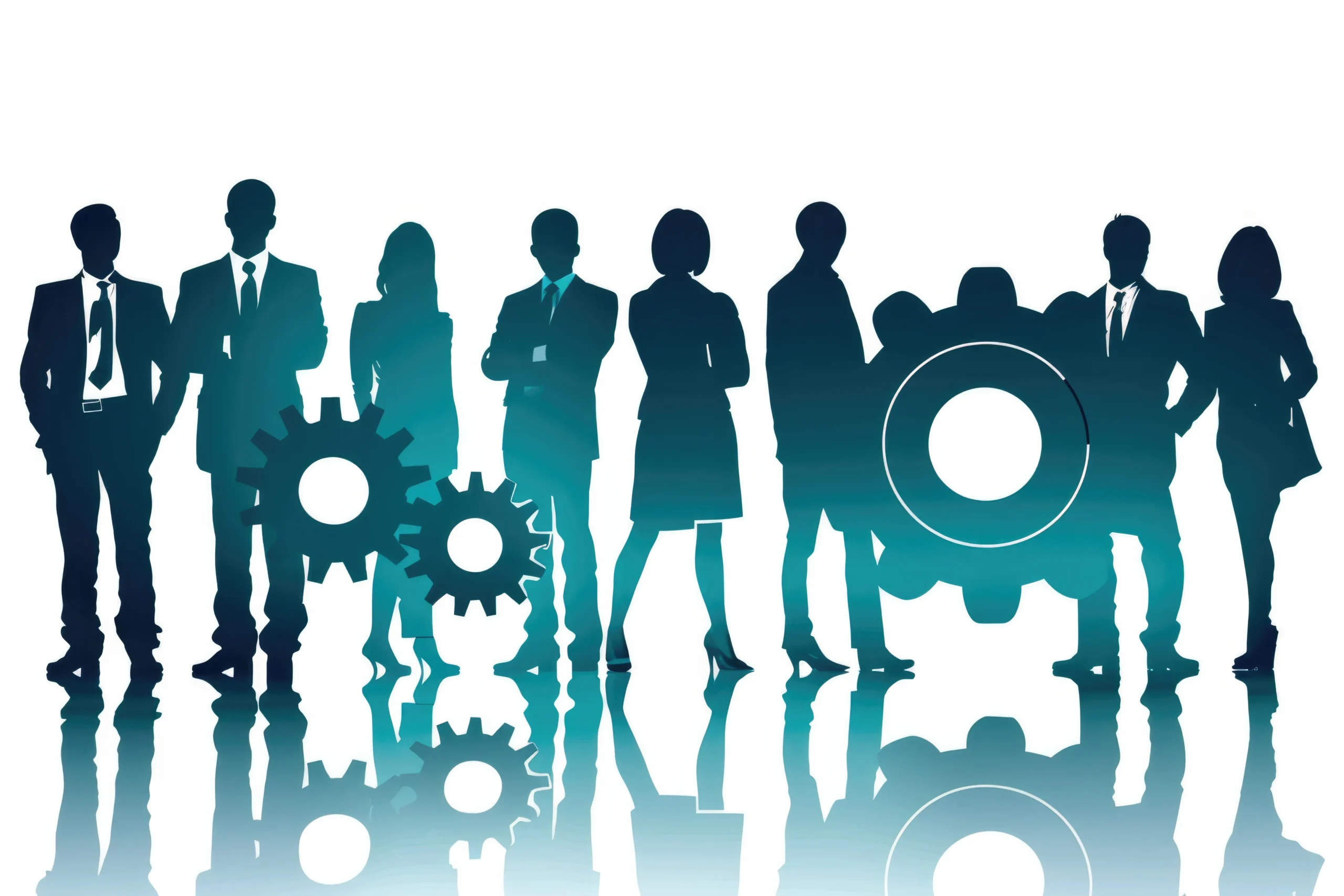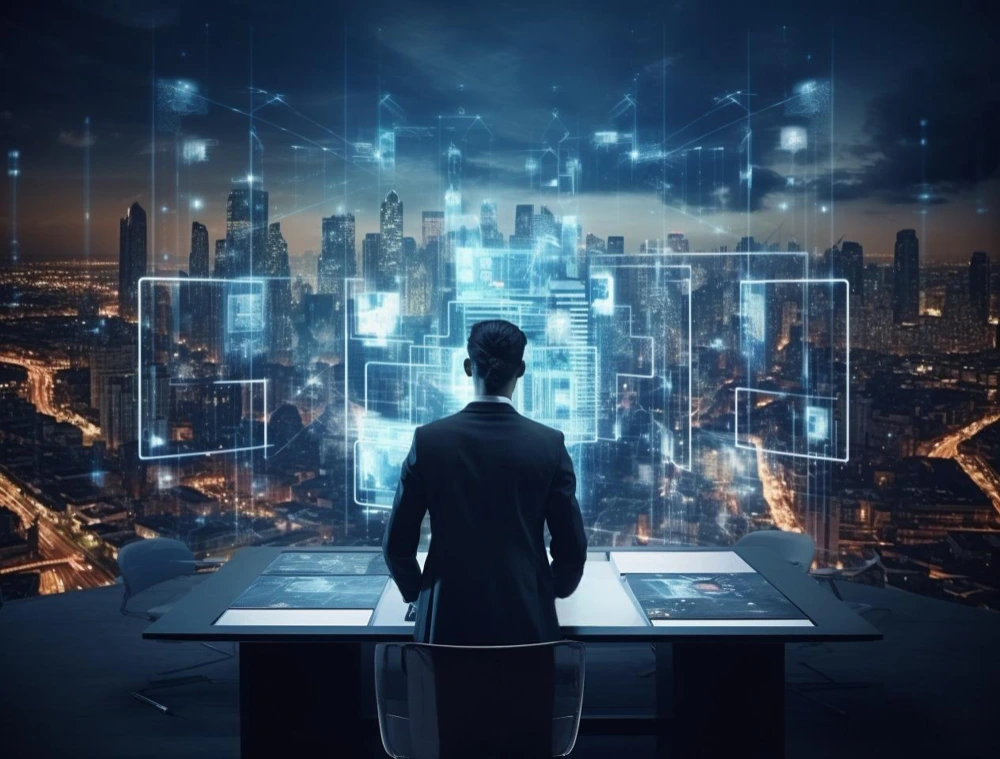Effective employee retention best practices focus on aligning employee growth with business needs, ensuring the workforce evolves with the organization. Companies constantly search for ways to enhance employee engagement, reduce turnover, and ensure a future-ready workforce. Employee retention is no longer just about offering competitive salaries or perks; it involves continuous career development and skill enhancement opportunities. To address this need, many organizations are turning to cutting-edge technologies such as Domain-Intelligent AI and Large Graph Models (LGM) for Skills, which offer a revolutionary approach to optimizing talent supply chains.
Employee Retention Best Practices: A New Perspective
Employee retention is crucial for building a stable and resilient workforce. Retaining talent reduces costs associated with hiring and onboarding new employees, minimizes disruptions in productivity, and preserves organizational knowledge. More importantly, retaining skilled employees fosters a culture of growth and innovation. However, traditional tools are unable to proactively address the need for career advancement and continuous learning.
Retaining talent reduces costs associated with hiring and onboarding new employees, minimizes disruptions in productivity, and preserves organizational knowledge.
To successfully implement employee retention best practices, organizations need to focus on aligning individual career goals with business objectives. This strategic alignment, facilitated by technology that continuously assesses and updates skill sets, opens up a world of opportunities for employees. It allows companies to offer employees opportunities for development, mobility, reskilling, and upskilling, ensuring their roles remain relevant and meaningful. This approach benefits the individual and contributes to the organization’s overall success and growth.
Addressing the Challenges of Traditional Retention Methods
Traditional employee retention methods often involve providing higher compensation, better benefits, or flexible working conditions. While these factors are essential, they do not fully address the root cause of employee dissatisfaction: the lack of growth opportunities. A recent study showed that nearly 87% of employees believe they must develop new skills to remain competitive. If organizations fail to provide clear paths for skill development, employees are more likely to seek these opportunities elsewhere.
However, there is hope in the form of advanced technologies like Domain-Intelligent AI and Large Graph Models (LGM) for Skills. These technologies offer a dynamic approach to employee retention best practices, focusing on continuous learning, reskilling, and organizational mobility. Doing so helps develop a culture of mutuality and reciprocity between the organization and individuals, fostering an environment where employees feel empowered and engaged. Applying these technologies signals a promising future where employee retention is not just a challenge but an opportunity for growth and innovation.
Leveraging Domain-Intelligent AI to Align Skills with Business Needs
Domain-intelligent AI adds a crucial layer of context to workforce management by analyzing employee skill sets in relation to business needs and market demands. Unlike traditional AI models, Domain-Intelligent AI understands the industry-specific nuances of various roles and the relationships between skills. This enables organizations to map the most relevant skills for each role and identify gaps in the workforce.
Employees who see their skills continuously being developed and aligned with evolving business goals feel more valued and motivated to stay within the organization.
Domain-Intelligent AI helps companies develop the right skills for future demands, creating an adaptive workforce that can adapt to market changes.
This is critical for employee retention. Employees who see their skills continuously being developed and aligned with evolving business goals feel more valued and motivated to stay within the organization. Furthermore, Domain-Intelligent AI helps companies develop the right skills for future demands, creating an adaptive workforce that can adapt to market changes.
Building Adaptive Talent Supply Chains with LGM for Skills
The Large Graph Model (LGM) for Skills plays a transformative role in how organizations manage their talent supply chains. Unlike traditional linear talent management models, LGM for Skills empowers organizations to operate within a cyclical system where skills are continuously updated and employees are reskilled and redeployed based on their evolving capabilities.
At its core, LGM for Skills is a comprehensive framework that maps the relationships between skills, roles, and job functions. It allows organizations to:
– Continuously update employee skill profiles.
– Identify skill gaps and opportunities for reskilling.
– Align talent with current and future organizational needs.
At its core, LGM for Skills is a comprehensive framework that maps the relationships between skills, roles, and job functions. It allows organizations to:
- Continuously update employee skill profiles.
- Identify skill gaps and opportunities for reskilling.
- Align talent with current and future organizational needs.
By adopting this dynamic approach, businesses can create a flexible and responsive talent supply chain that ensures employees are always equipped with the skills to meet current and future demands.
How Domain-Intelligent AI and LGM for Skills Reinforce Employee Retention Best Practices
Integrating Domain-Intelligent AI with LGM for Skills can significantly enhance employee retention best practices by addressing key aspects of talent management, such as:
- Continuous Skill Development: The technology enables constant tracking and updating of employee skills, ensuring they remain relevant to organizational needs. Employees benefit from personalized reskilling and upskilling opportunities, which improve their career prospects and foster a sense of belonging and purpose within the company.
- Career Mobility: LGM for Skills offers tailored career paths that align individual growth trajectories with business objectives. Employees are presented with clear, data-driven pathways to advance their careers, making them more likely to stay within the organization rather than seek external opportunities.
- Talent Redeployment: With real-time visibility into employee skills and organizational demands, the technology ensures that talent is efficiently redeployed within the company, reducing idle time and increasing engagement. This minimizes the risk of employees feeling stagnant in their roles and improves overall job satisfaction.
Spire.AI: Driving Employee Retention Through Innovation
Spire.AI is a pioneer in leveraging Domain-Intelligent AI and Large Graph Models for Skills to transform talent management. The platform’s ability to continuously evolve and map skills in real-time allows organizations to implement effective employee retention best practices. Spire.AI comprehensive solutions include:
- Skills Auto-Profiling: Automatically updates employee skill profiles by analyzing their roles, training, and project experiences, ensuring up-to-date skill mapping.
- Career Path Mapping: Spire.AI technology helps employees visualize their career trajectories within the company, offering both lateral and vertical growth opportunities that align with individual aspirations.
- Reskilling and Upskilling Recommendations: The platform identifies skill gaps through AI-driven insights and provides personalized learning recommendations to keep employees relevant and engaged.
- Supply Redeployment: The Spire.AI solution ecosystem efficiently redeploys employees based on real-time data, minimizing bench time and improving overall workforce utilization.
By harnessing these capabilities, Spire.AI helps organizations reduce turnover, boost employee engagement, and maintain a highly skilled workforce prepared for future challenges.
Improving Talent Mobility
An adaptive talent supply chain ensures talent is matched efficiently with business demands. With tools that provide real-time visibility into employee skills, organizations can redeploy talent quickly to meet shifting priorities. This mobility prevents employees from feeling stuck in roles and keeps them engaged through new challenges.
The system also reduces dependency on external hiring by making internal talent the first priority for open roles. Employees who see continuous career mobility are more likely to stay, reducing turnover and retaining valuable institutional knowledge.
Real-World Impact of Implementing an Adaptive Talent Supply Chain
Organizations adopting adaptive talent supply chains have reported improved retention, higher engagement, and reduced costs. Employees stay longer when they see clear growth opportunities, contributing to better project outcomes and continuity. Efficient redeployment reduces idle time, keeping employees engaged and productive.
For a Spire.AI client, internal hiring rose from 21% to 48%, demonstrating the platform’s ability to retain and redeploy talent effectively.
For example, for a Spire.AI client, internal hiring rose from 21% to 48%, demonstrating the platform’s ability to retain and redeploy talent effectively. Furthermore, Spire.AI matched over 6,449 employees with open demands, significantly reducing bench time and ensuring talent remains actively engaged.
Retention Strategies that Drive Sustainable Success
Employee retention thrives when organizations shift from reactive strategies to proactive skill reinvention. This involves anticipating future industry trends and equipping employees with emerging skills before they become essential. Technologies like Domain-Intelligent AI and LGM for Skills enable organizations to predict and bridge skill gaps early, creating a resilient workforce that’s always ahead of the curve.
By integrating internal opportunity marketplaces, businesses can encourage employees to explore lateral roles or special projects that match their aspirations. This promotes growth and reduces burnout, as employees continuously engage in roles that excite them. Sustainable retention, therefore, is not just about retaining talent—it’s about reinvigorating it through purposeful opportunities and ensuring employees are empowered to shape their careers actively.






